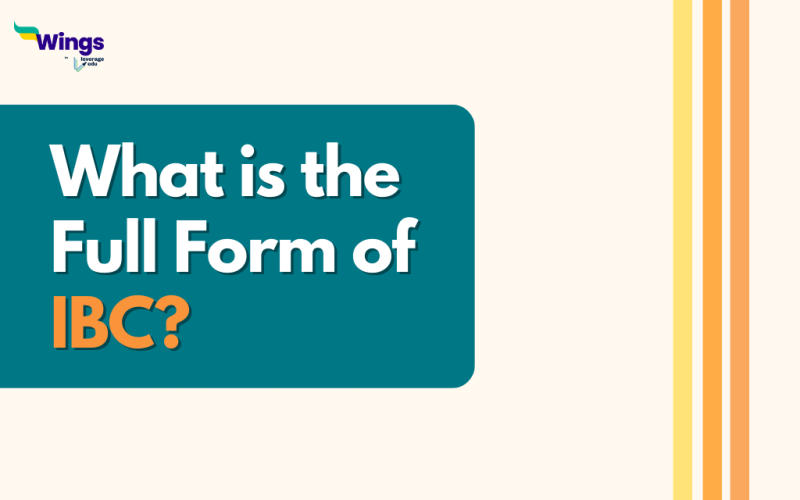IBC Full Form is Insolvency and Bankruptcy Code. The Indian government passed the Insolvency and Bankruptcy Code (IBC) in 2016 as a comprehensive piece of legislation to simplify and hasten the country’s insolvency and bankruptcy procedures.
The Recovery of Debt Due to Banks and Financial Institutions Act of 1993 and the Sick Industrial Companies (Special Provisions) Act, both of which were utilised to resolve corporate and individual bankruptcy in the past, have been replaced.
Objectives of IBC
Table of Contents [show]
A big step towards making doing business in India easier and luring international investment was the implementation of IBC. The old insolvency and bankruptcy laws and regulations were disjointed, out-of-date, and ineffectual in handling the rising amount of stressed assets and non-performing assets (NPAs) in the Indian banking sector.
The main goals of the IBC are to:
- Establish a timeline-bound procedure for transparently and effectively resolving insolvency and bankruptcy cases.
- safeguard the interests of all parties engaged in the bankruptcy process, including creditors, debtors, and employees.
- Providing insolvent people and firms with a fresh start will encourage entrepreneurship and innovation.
- Maximise asset value while minimising creditor losses during the insolvency resolution process.
Also Read – What is the Full Form of Tax?
Key Features of IBC
IBC’s salient characteristics include:
- The creation of the Insolvency and Bankruptcy Board of India (IBBI), which would supervise the execution and management of the IBC.
- All creditors are divided into two categories: operational creditors and financial creditors.
- The Insolvency Resolution Process (IRP) is a new idea that aims to resolve insolvency cases within a time limit of 180 days, with a one-time extension of 90 days if necessary.
- Employment of insolvency professionals (IPs) to oversee the bankruptcy resolution procedure and guarantee that creditors receive the most value possible.
- A 180-day moratorium is provided to stop legal action from being taken against the debtor while the IRP is in effect.
- Option for the debtor to submit a resolution plan for the creditors’ approval or, in the event that a resolution plan is not workable, for the creditors to start the liquidation process.
Also Read – What is the Full Form of NABARD?
Advantages of IBC
The advantages of IBC are:
- Efficient and time-bound insolvency resolution procedure
- A single law covering all entities’ insolvency and bankruptcy
- Transparent and unambiguous process
Popular Full Forms
This was all about the IBC Full form. Visit the General Knowledge page to discover more intriguing articles about full forms. Get in touch with the experts at Leverage Edu in order to kickstart your study abroad journey!
 One app for all your study abroad needs
One app for all your study abroad needs















 45,000+ students trusted us with their dreams. Take the first step today!
45,000+ students trusted us with their dreams. Take the first step today!
